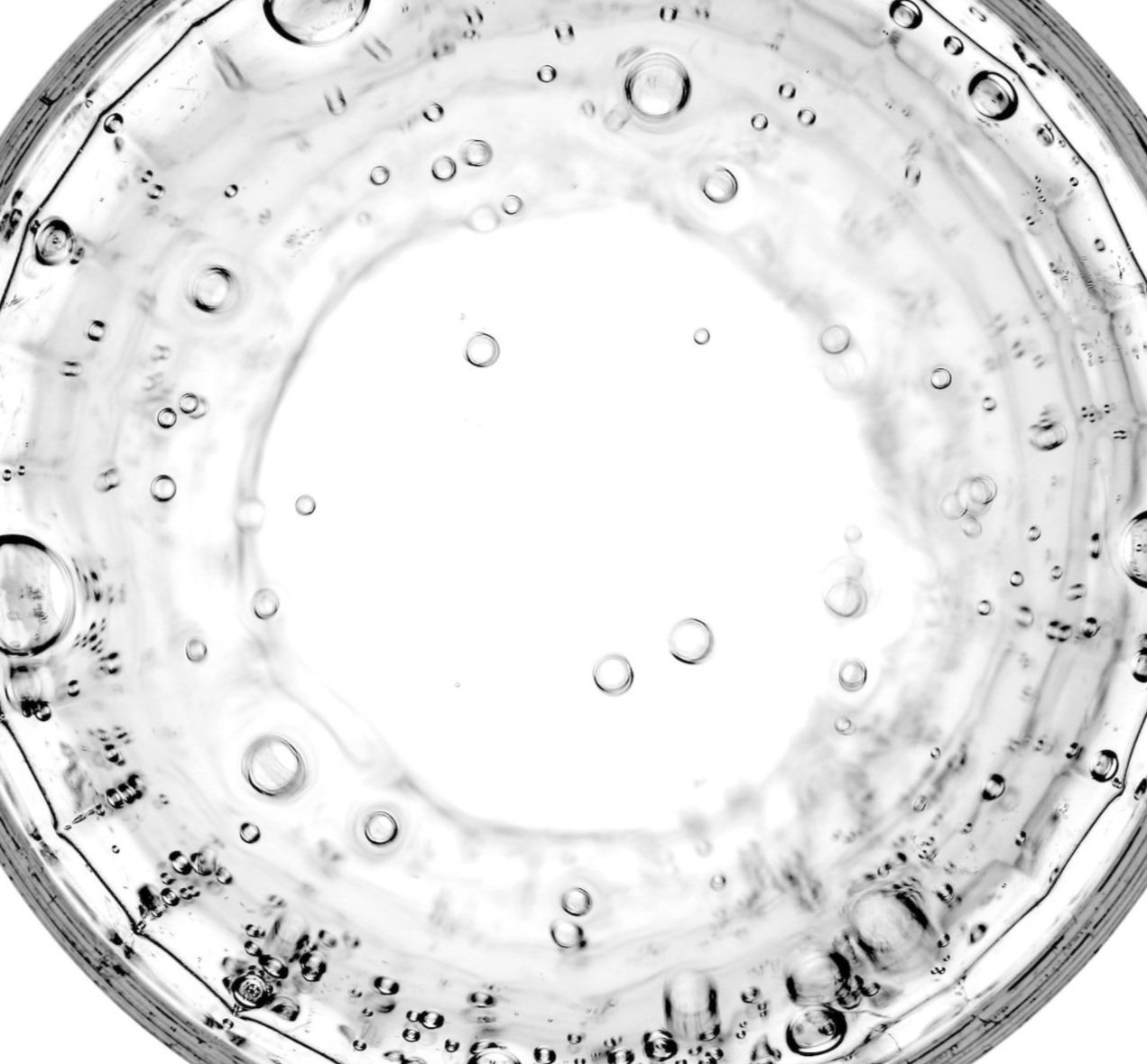What Is Dry Eye?
Signs, Symptoms, and Home Therapies
Suffering From Itching, Burning Dry Eyes?
At Apex Eye Associates, we strive to provide comprehensive information about dry eye syndrome. Learn about the causes, symptoms, and available home therapies that can offer relief and improve your vision. Discover why our clinic is the ideal choice for expert care and personalized treatment options for dry eye syndrome.
Dry Eye is A Major Eye Condition that Millions of Americans Experience
Understanding Dry Eyes
Dry eye syndrome is a chronic condition that occurs when your eyes do not produce enough tears or when the tears evaporate too quickly. Factors such as aging, hormonal changes, certain medications, environmental conditions, and underlying health conditions can contribute to dry eye syndrome.
Dry eyes occur when there is an issue with any one of the three components of your tears:
The oily layer prevents your tears from evaporating too quickly
The watery layer delivers nutrients to your eyes
The mucus layer keeps your tear film stuck to the surface of your eyes
What are the 2 Types of Dry Eye Disease?
Evaporative Dry Eye (EDE)
EDE is the most common type of dry eye disease. This type of dry eye occurs when you lack the proper amount of oil in your tears. When this happens, your tears can evaporate too quickly, drying out your eyes.
In some cases, EDE can be caused by meibomian gland dysfunction, a disorder where the oil glands in your eyes become blocked, limiting the amount of oil being produced for your tears.
Aqueous Tear Deficiency (ATD)
If you suffer from ATD, your eyes lack the aqueous layer in your tears. This means that your eyes aren’t producing enough tears to keep the eye moist, which can lead to irritating and uncomfortable symptoms.
Systemic conditions including Sjogren’s Syndrome, Rheumatoid Arthritis, Lupus, and Diabetes can be associated with ATD due to lacrimal gland failure in producing enough tears.
Symptoms
Itching
Redness
Irritation
Tearing
Light sensitivity
Blurred vision
Stringy mucus in or around your eyes
Burning or scratchy sensation
Difficulty wearing contact lenses
These symptoms can be constant or can vary throughout the day.
Reading and extended work on electronics can worsen these symptoms.

Home Therapies for Dry Eye Relief
-
Warm Compresses
Applying warm compresses to the closed eyelids can help unclog blocked glands and improve tear production.

-
Artificial Tears
Over-the-counter artificial tear drops provide temporary relief by lubricating the eyes and relieving dryness.

-
Ointment
Over-the-counter ointment provides extended relief by coating the ocular surface with longer-lasting lubrication.

-
Humidifiers
Using humidifiers help maintain a more humid environment, reducing dryness caused by indoor heating or AC.

-
Eyelid Hygiene
Proper eyelid hygiene, including gentle cleaning and avoiding certain eye makeup, helps maintain eye health.

-
Omega-3 Fatty Acids
Consuming foods rich in omega-3 fatty acids or taking supplements like flaxseed oil may help improve tear quality.

Advanced Dry Eye Solutions
Understanding dry eye syndrome and using effective home therapies is crucial for the management and improvement of eye health. At Apex Eye Associates, we also offer state-of-the-art treatments for dry eyes to provide better control. These include prescription medications, in-office procedures, and intense pulsed light therapy with the Lumenis OptiLight. Schedule your appointment today and take the first step towards relief, comfort, and optimal eye health.




